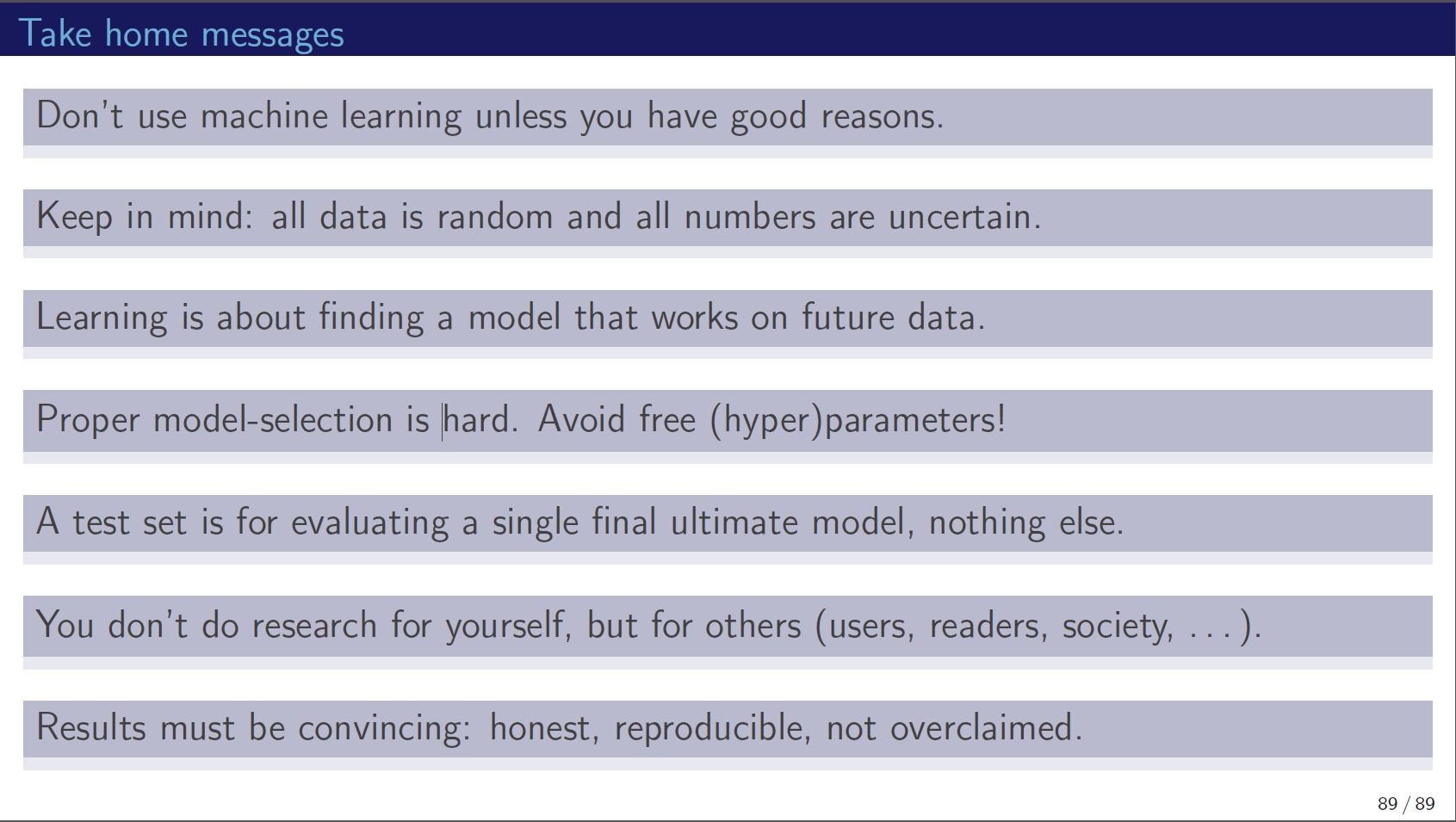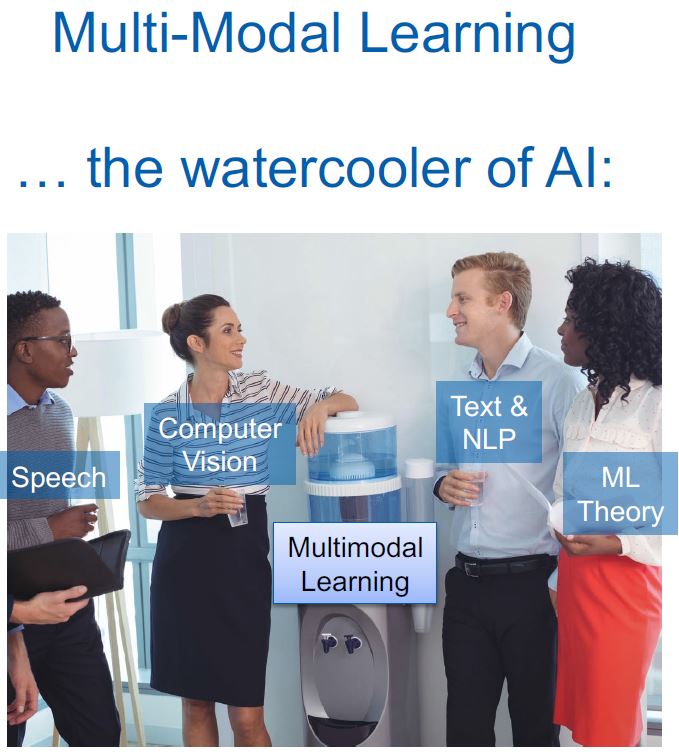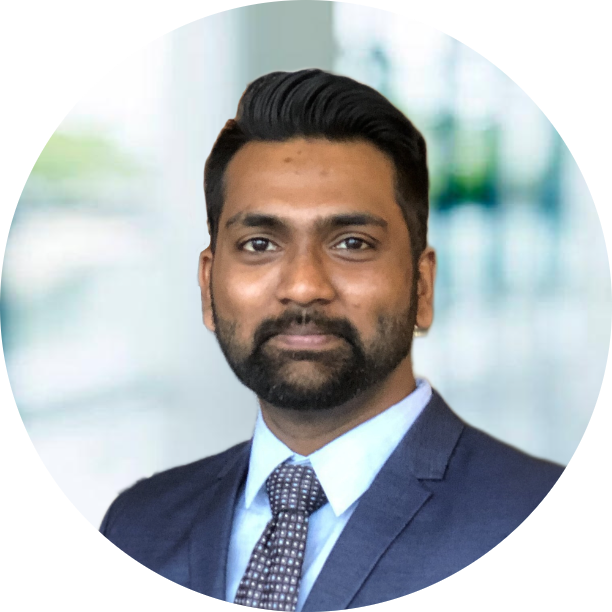கற்றலின், கேட்டலே நன்று.
Listening is Better than Learning
from Pazhamozhi Naanooru from literature Pathinen Keezhkanakku
Summer School & my experience
This Vision and Sports summer school was conducted at Czech Technical University, Prague between 25-30th July, 2022. It was sponsored by Google and endorsed by ELLIS society and ELISE Consortium.
The summer school featured speakers from academia and industry, including Google, Facebook, and Valeo, covering wide range of computer vision sub-fields. Nearly 50 to 60 students participated from Europe, ranging from those who are yet to start their PhD to those who are in their final year. The unique aspect of this summer school was the fusion of (intense) sports activities with everyday lectures. Every day a different sport is assigned based on the student’s wishlist which helped to mingle and socialize. Although the sports activities exhausted our energy, we were still able to enjoy Prague’s nightlife at the end of the day.
This summer school is highly recommended for PhD students who are interested in computer vision and wants to gain insight on current trends in different sub-fields of computer vision.
If you are curious to get some short gist about different sessions of summer school, feel free to continue.
Lectures & Exercise
Ondrej Chum, Czech Technical University
Large scale Image Retrieval and Specific Object Search
This lecture started with similar image search in large scale followed by methods to gather features from images and strategies to match them. Then the challenges associated with image retrieval and techniques to solve them were explained. Finally wrapped up by talking about reconstructing 3D reconstruction from single image and querying with night image.
Christoph Lampert, IST Austria
Best Practice in Machine Learning for Computer Vision

The lecture started with message of computer vision is not about winning Kaggle competitions but should perform interesting or relevant tasks. The best practices to follow on solving a computer vision task was explained using five steps: sanity checks, defining the problem, collect and annotate data, model training and model evaluation. Also the best practices to follow on scientific scrutiny was also discussed. Finally wrapped with nice take home messages which I like.
Patrick Pérez, Valeo.ai
CV/ML for the real world - robustness, confidence, uncertainity, out-of-distribution, domain adaptation and generalization
The lecture starts with the introduction about mad progress of the community in producing high performance models on popular datasets such MS-COCO, Pascal-VOC-2012, etc., but not accounting the distribution shift, brittleness towards adverserial attacks and absurd predictions in real-world systems. It was interesting to hear about the effect of using different type of data augumentation and domain adaptation techniques to tackle the robustness of the model. Also, the importance to evaluate the model more than single metric was insightful.
Hilde Kuehne, Goethe University
Self-Supervised learning, Contrastive learning, Vision Language models, Multi-modal Learning

This is my favourite lecture of the summer school as the topics were highly interesting as well as enlightening. The lecture started with types of self-supervised learning such as by colorization, context structure, jigsaw puzzle and clustering. Then moved on to contrastive learning where topics like ranking loss, pairwise/contrastive loss, distance metrics were discussed along with how contrastive loss could be used for self-supervised learning. Then the techniques, importance and latest SOTA on vision language models were briefly talked through. “Multi-modal Learning - the watercooler of AI (speech, vision, nlp, ml theory)” fun and interesting way to introduce this topic. It was interesting to hear how multi-modal learning help us to learn feature representation without human annotated data and several applications of them in cross-modal learning.
Vittorio Ferrari, Google Research
3D Deep Learning
This lecture started with talk about classical 3D reconstruction system by taking several images of a scene. A nice introduction to image formulation helped me to get some basics about the 3D reconstruction area. Then it discussed about single image to depth map using auto-encoders, then evolution of single image to single object reconstruction from voxels to point cloud to meshes. Also, good overview about single/ multiple images / videos to multiple object reconstruction. Finally, interesting discussion about NeRF (one of the interesting breakthrough in 3D domain).
David Novotny, Meta AI Research
3D Deep Learning
This lecture started with difference between multi-view geometry and 3D learning followed by advantages of implicit shape reconstruction. The details of NeRF model was discussed in deep followed by its challenges and improvements. The datasets such as ShapeNet, Objectron and CO3D were discussed to show the importance of quality datasets for 3D reconstruction. Followed by, interesting marriage between NeRF and transformers.
Jiri Matas, Czech Technical University
Visual Tracking
Another interesting lecture started with difference between correspondence search and segmentation in the domain of visual tracking. The applications of this field in tracking transparent objects, humans, animals, multiple objects, coins were interesting. Then we went through classical and fundamental methods such as KLT tracker, Discriminative Tracker, MOSSE tracker, KCF tracker. The challenges and methods for fast moving object tracking was disscussed at end of the lecture.
Dmytro Mishkin, Czech Technical University & Hover Inc.
Lab session
This was a practical lab exercise session which started with some interesting tips on jupyter notebook, then an image classification challenge to distinguish between beer and tradelnik, followed by task to train a image colorization network. The artifacts are available here.
On the last day, we had three sessions were Hilde, Vittorio and Patrick took us through their latest work.
That’s it from me. Feel free to share your comments.


Leave a comment